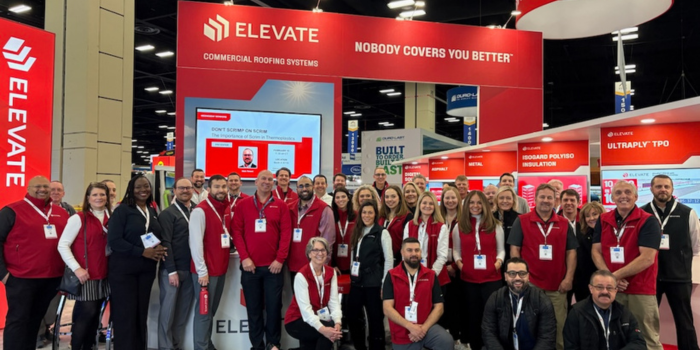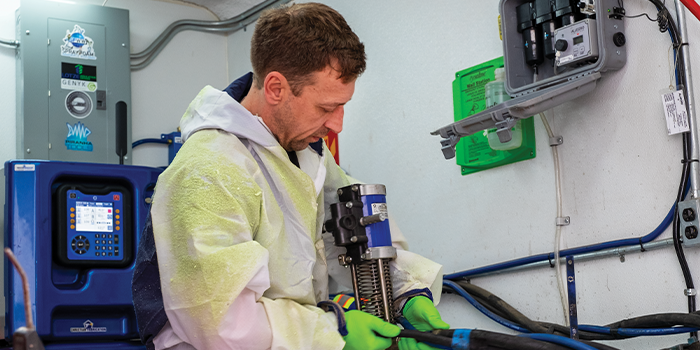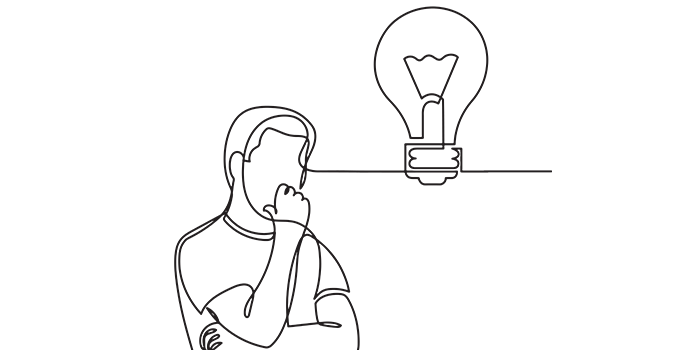Train to Gain
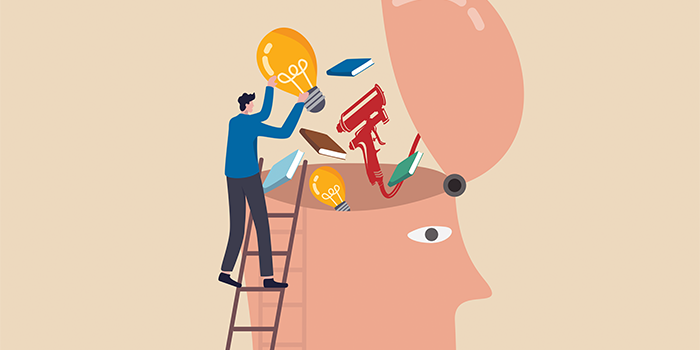

Spray Foam Magazine – Time and time again, when I ask SPF Contractors about their biggest challenges, by far the number one response I get is LABOR. This has been an ongoing challenge for the SPF industry for many years and as we continue to grow it will continue to become more and more of a problem.
For those of you that have ever tried to hire someone in the spray foam industry, you have probably noticed that there are not a lot of people with SPF experience on the open market. If you do find someone out there with spray foam experience, they can come with their own challenges such as bad habits that you have to break or character flaws (lack of will, lack of desire, poor integrity, bad character, etc.) that make them difficult to work with, otherwise they would already have a job, right?
When you realize how few people have experience, it becomes painfully obvious that you must hire new people to the industry, which makes onboarding and training a critical part of your business.
Here I want to layout a defined Training and Development process that you can use to onboard and train new employees:
STEP 1: Knowledge Introduction – This is the initial exposure and introduction to a specific topic. The knowledge introduction generally needs to happen first for a demonstration to have the most complete effect.
STEP 2: Demonstration – This is where someone shows the worker how to do it.
STEP 3: Supervision – Now it is time for the worker to do it, with someone experienced overseeing their progress.
STEP 4: Continuing Education – This is the development phase, where workers focus on specific topics and improve their knowledge and skills over time.
STEP 5: Teaching Others – Teaching helps solidify knowledge more than any other single action and you only must be one step ahead of someone to show them the path; this means your people should be teaching others when they are capable.
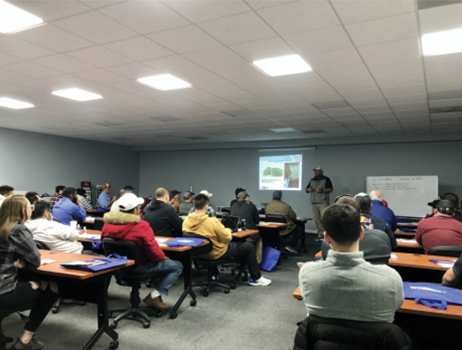
This process can be used to onboard and train new personnel in any position in your company. Let’s look at how this works with a new technician:
- The knowledge introduction can be accomplished via classroom lectures, study guides or videos. During this process, the trainee will be introduced to safety, chemicals, spray guns and more.
- In the demonstration phase, the trainee watches someone spray, work on guns, transfer pumps, and more.
- The trainee gets an opportunity to spray and disassemble and reassemble guns, transfer pumps, etc.
- In the continuing education phase, the worker learns different spray techniques, various ways to clean guns, what cavitation is and more.
- When the worker is comfortable with a skill, such as disassembling, cleaning, and repairing a gun, they teach others their methods.
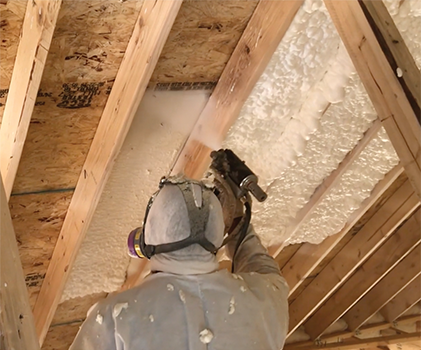
As a business leader you are responsible for making the people around you better and building strong teams, so take this process and use it in your business. And if you need help shoot me an email and let’s talk.
Direct any questions you have about statements made in this article to Robert Naini:
817-983-3544 | robert@sprayfoamadvisor.com
ABOUT THE AUTHOR
Robert Naini has a Bachelor’s of Science in Mechanical Engineering and an MBA from the University of Texas in Arlington. With more than a decade of experience on the cutting edge of spray foam insulation, he has helped hundreds of owners and managers grow their business with a unique knowledge base including spray foam sales and marketing, employee and applicator training, building science awareness and building code expertise. Spray Foam Advisor offers web-based training and education, with videos, articles, blogs and more, to help solve problems for spray foam professionals and the construction industry.
For use by SprayFoamMagazine.com & Spray Foam
Disqus website name not provided.




